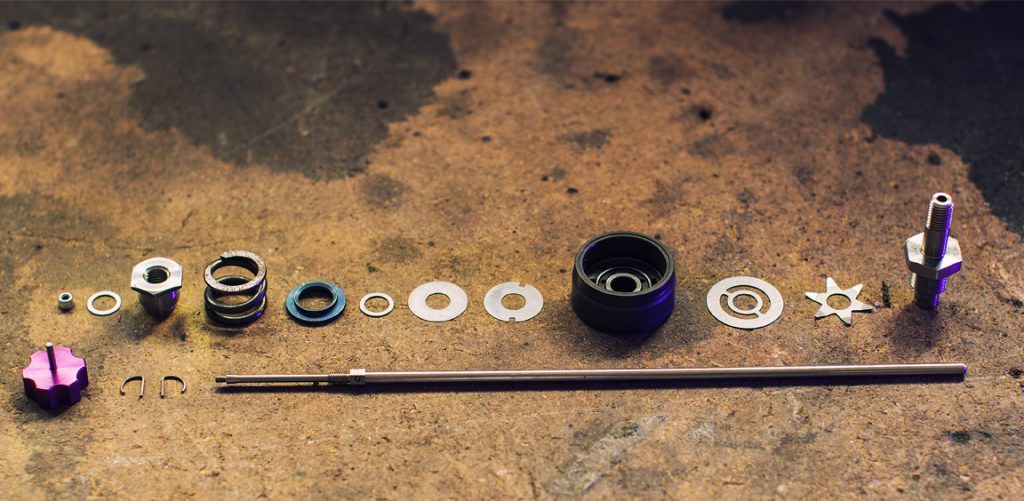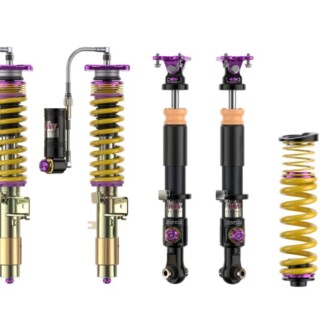
For us die-hard car enthusiasts, old-fashioned cars are truly something special. We see much more in these supposedly old wrecks than just a means of transportation. No one can really explain it, and let’s face it, we all want to drive our vintage and classic cars every day.

In 2009, the German government attempted to support the domestic auto industry through a scrappage scheme, allocating a significant sum of tax money. Among the notable beneficiaries of this infamous environmental initiative, commonly recognized by car enthusiasts as the “scrappage scheme,” is the Mercedes W124 sedan. Produced in millions, it gained renown for its exceptional durability, boasting an impressive mileage capacity. Despite a few minor flaws, Mercedes diligently addressed these issues, solidifying the 124 series as one of the most resilient models in automotive history.

Those driving a Mercedes W124 sedan today (marketed as the E-Class from 1993 onward) without significant rust damage need not fret about potential future extensive corrosion, provided they diligently maintain their vehicle in accordance with its age.
Numerous classic car magazines, blogs, and experience reports from the W124 community attest that there were only models with above-average rust problems during a specific period. Otherwise, the Mercedes mid-range sedans built from 1985 to 1996 are exceedingly robust.

The Mercedes 124 series surpassed its role as just a national taxi in Germany. Manufactured from 1985 to 1996, these vehicles distinguished themselves with exceptional craftsmanship and ample interior space. Gradually evolving into the Mercedes E-Class, this model also played a unique role as a lifeline for Porsche.

Porsche constructed the “Super-Benz 500 E” for the Daimler Group, successfully navigating challenging waters during the Porsche corporate phase. Conversely, Mercedes had yet to counter the BMW M5 (E34) and thus developed the 500 E. As for AMG, during that period, this performance shop remained an independent company.
The official collaboration between AMG and Daimler commenced in 1993, with Daimler acquiring a 51% equity stake from Hans Werner Aufrecht, AMG’s mastermind and co-founder, towards the end of the 1990s.
Towards the end of the 1980s, lacking the capacity to produce a “sports car in disguise” on their own, Mercedes tasked Porsche with the job of transplanting a Mercedes V8 into a W124 body. This resulted in the Mercedes 500 E, boasting a 5.0-liter V8 engine and 320 horsepower. Additionally, this E-Class now features a KW V3 Classic Suspension – and it’s not the only model to benefit from this upgrade.

Mercedes fans who are currently restoring their W124 and want to replace their worn-out standard suspension with modern suspension technology with a significant added value will find our KW V3 classic suspension a very interesting alternative.

No panic, Mercedes enthusiasts: the original axle geometry does not … 
… need to be modified for installation of the KW suspension
The KW V3 Classic coilover suspension kit, which can be adjusted independently in compression and rebound damping, is available for the Mercedes W124 sedan with rear-wheel drive and four-, five-, and six-cylinder engines as well as the Porsche E-Class alias 500 E (W124). A KW V3 Classic suspension is still under development for the cabriolet, coupé, estate car, and other V8 models as well as the AMG versions of the Mercedes 124.

When purchasing a KW V3 Classic coilover suspension kit for the W124, it’s important to distinguish whether the vehicle has rear axle level control, or if it’s the rare Mercedes 500 E.

The four-, five-, and six-cylinder models can be lowered by 40 to 65 millimeters on the front axle and 40 to 60 millimeters on the rear axle within the scope of the parts certificate. However, the Mercedes 500 E, manufactured by Porsche, can be lowered by 20 to 45 millimeters on the front axle and 20 to 40 millimeters on the rear axle.
The KW V3 Classic suspension is special because it offers more than just the option of stepless lowering. It features a modern multi-valve damper design with pre-configured, non-adjustable high-speed valves. These valves rapidly open all channels when encountering potholes, effectively dampening the unevenness of the road.

Our KW V3 classic suspension always surprises our customers. Many people can hardly believe how comfortable a classic car like even an older Mercedes can be driven with our coilover suspension and still achieve high cornering speeds.

The KW V3 features a modern multi-valve damper design that enables separate adjustment of the low-speed compression and low-speed rebound damping. This adjustment option allows for fine-tuning our recommended and pre-set damper setup individually, as each driver has a slightly different sensitivity.

Adjusting the pre-set setup of a KW V3 Classic coilover suspension for yourself isn’t rocket science or even witchcraft — at least, not with our damper technology. Each click of our suspensions, like the KW V3 Classic for the W124, noticeably changes the setup: the compression forces can be adjusted with twelve clicks, and the rebound with 16 clicks

The rebound adjustment wheel is inserted into the piston rod 
The rebound adjustment wheel is inserted into the piston rod
In essence, the rebound damping is also responsible for how the Mercedes body is connected to the road and how quickly the suspension spring returns to its original state after being compressed.

Closing the rebound damping enhances the directness of the handling. Opening the rebound damping valves offers a more forgiving handling, improving ride comfort noticeably.

On the other hand, compression damping influences the spring compression directly, impacting the body roll during steering and cornering. Additionally, it affects the turning behavior of the Mercedes.

If you are looking for a KW authorized dealer and competent installation partner for your W124, you will surely find an address near you thanks to our dealer search. If you cannot find one, simply contact our KW sales colleagues. www.kwsuspensions.net








